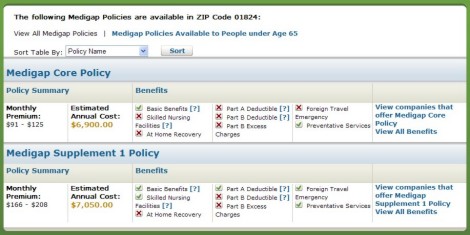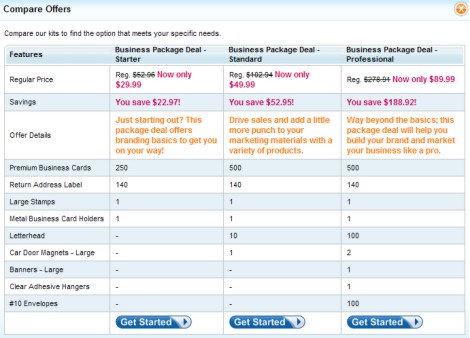Binary Decisions
The outcomes of binary decisions—in which people decide whether to do something—are often very different from decision outcomes in contexts that involve more than a simple yes or no choice.
As an example, let’s look at a study involving a decision to purchase a CD player. The researchers asked participants in the study to imagine that they were interested in buying a CD player, but had not yet determined which brand or model they wanted. If they passed a store having a one-day sale, where a popular Sony CD player is on sale for $99—a sale price that is well below the player’s list price—would they buy the Sony or wait to do more research? In the study, 66% of the participants responded that they would buy the Sony, while 34% said they would wait.
The researchers then conducted another variation of the study for which the options included the $99 Sony CD player, but also an Aiwa CD player for $169. The prices for both of these players were well below list. In this case, the number of people who would opt to purchase the Sony was significantly less.
- 27% would buy the Aiwa
- 27% would buy the Sony
- 46% would wait
Why does the number of people who would purchase the Sony player shift from 66% in the first example to 27% in the second example? If people felt the Sony was a good deal in the first scenario, why is that deal less attractive in the second scenario? Because the introduction of the Aiwa in the second scenario increases the complexity of the decision. In the second scenario, the decision maker must choose between a cheaper, popular model and a more expensive, more sophisticated model.
Note how the number of people who would delay their decision increases from 34% in the first scenario to 46% in the second scenario. [1] When people don’t know what to decide, they often delay their decision, opting not to decide until they have more information. Simply adding or removing options from a choice set can significantly influence both the complexity of the decision and the decision outcome.
This example also reveals something else about people’s decision preferences: they avoid comparing things that are not easy to compare.
Easy Versus Difficult Comparisons
In general, people like to compare things that are easy to compare. To illustrate, let’s consider a scenario in which a person is purchasing a new home and there are three options to consider: two of the homes are on a lake and the other is in the woods. All of them are about the same price and are equally desirable. The only difference is that one of the homes on the lake has had some flood damage and needs repairs. Which home would you choose?
Unless they had a strong preference for one of the homes, many people would choose the home on the lake without the flood damage. Why? Because it’s difficult to compare living on a lake to living in the woods. There are pros and cons to each. But the two homes on the lake are easily compared, and of those two, the one without the flood damage is clearly better.
This example illustrates how one option can affect the desirability of other options. An inferior option—the home on the lake with flood damage—can actually make another similar option—the home on the lake without flood damage—seem more attractive. This is the power of context in action.
This example also demonstrates how people respond to options that are too different and, thus, not easy to compare, because neither option is clearly preferable to the other. Unless there is a strong preference for a particular home or location, there are difficult tradeoffs to make in deciding whether to live on the lake or in the woods.
When Options Are Too Similar
We’ve seen how people avoid comparing things that are not easy to compare and like to compare things that are easy to compare. But what happens when you present very similar options to people? How do they decide between them?
Let’s look at a research study that examined two different scenarios in which doctors made choices regarding how to handle a particular medical condition. In the first scenario, they could choose either to take the patient directly to surgery or prescribe medication X as a precursor to surgery. Results showed that 72% of the doctors opted to prescribe the medication prior to sending the patient to surgery.
In the second scenario, doctors still had the option to send the patient directly to surgery, but they could also choose between two equally effective medications—X and Y—as a precursor to surgery. What did they do? You might want to brace yourself for the answer. Most of them elected to prescribe neither medication, but instead, to send the patient directly to surgery. [2] In many ways, this behavior seems counterintuitive. After all, if both medications were equally effective, there was no downside to prescribing either one of them.
However, it’s important to understand people’s typical rationale in this type of situation. When people have two options that are equally attractive, they feel conflicted, because there is no compelling reason to choose one option over the other. Choosing between two options that are essentially equal makes it very difficult to justify a decision. Neither option is clearly superior to the other. So given another, more clearly differentiated option, they’ll choose it—just to avoid the conflict inherent in having to choose between two options that are too similar. As you’ve seen in our example, the doctors opted simply to send the patient to surgery.



